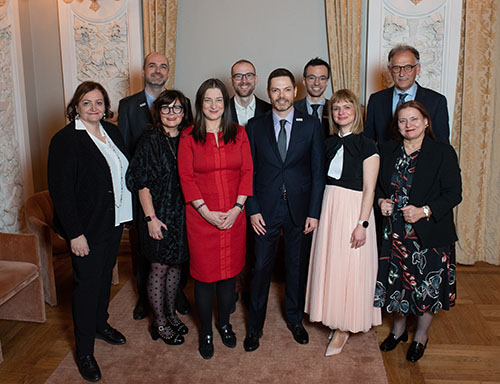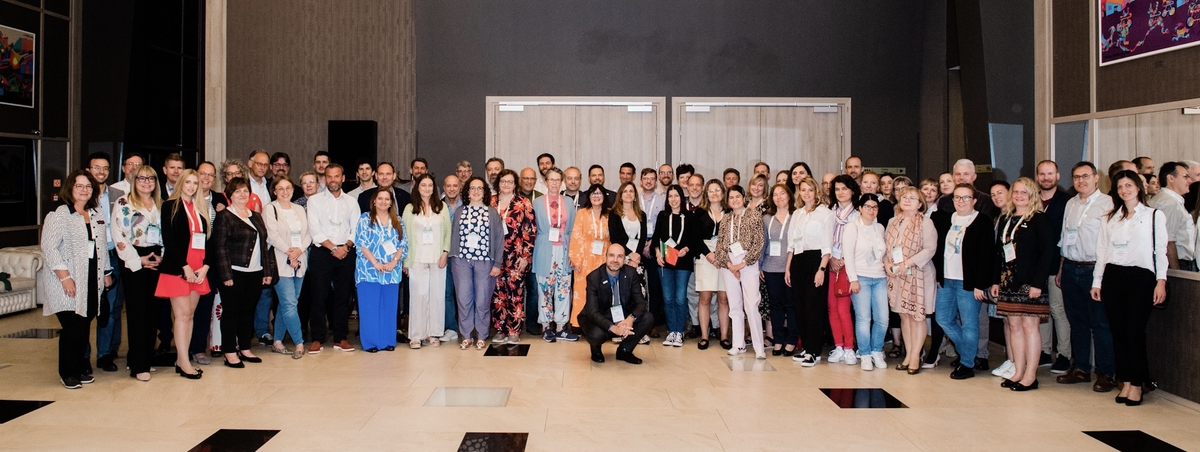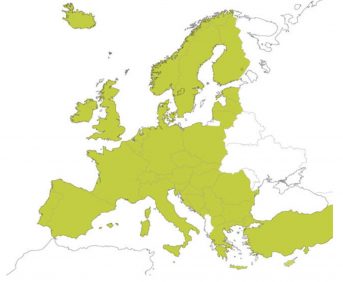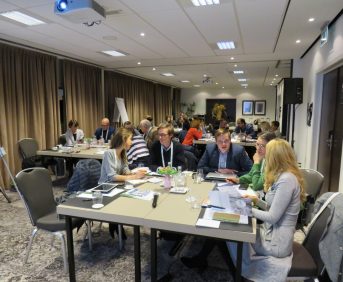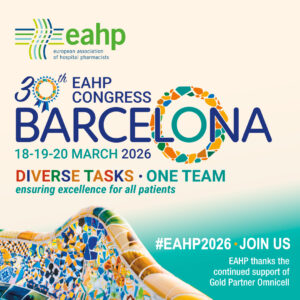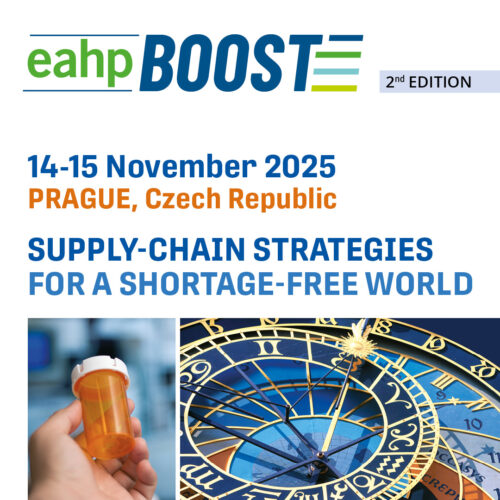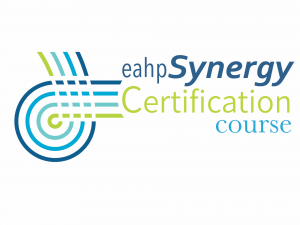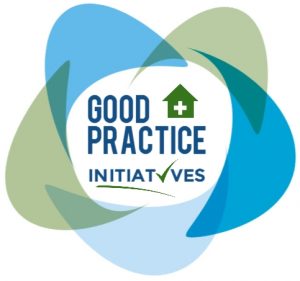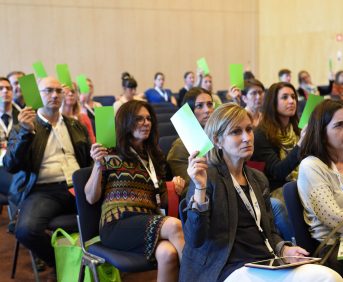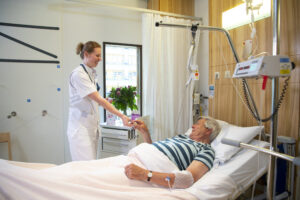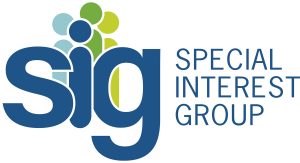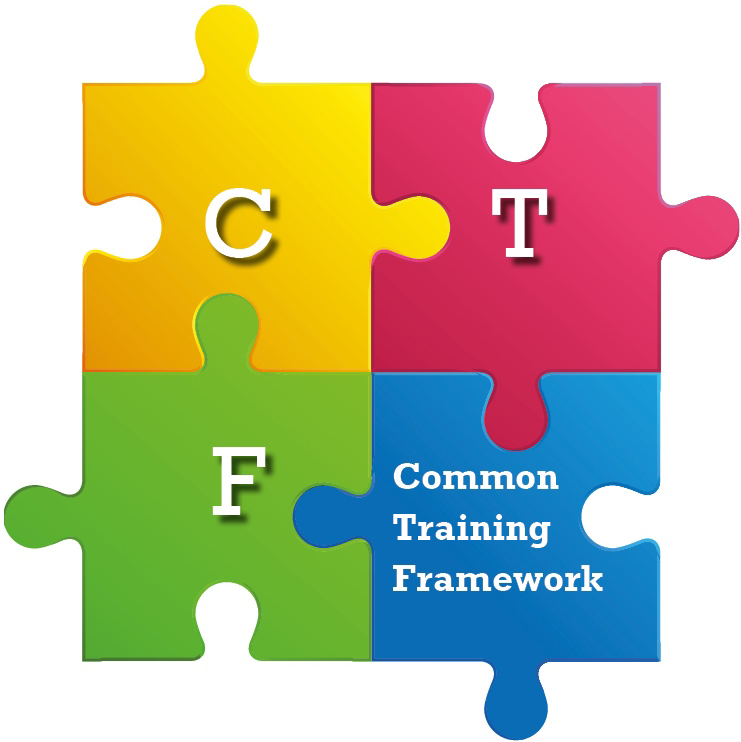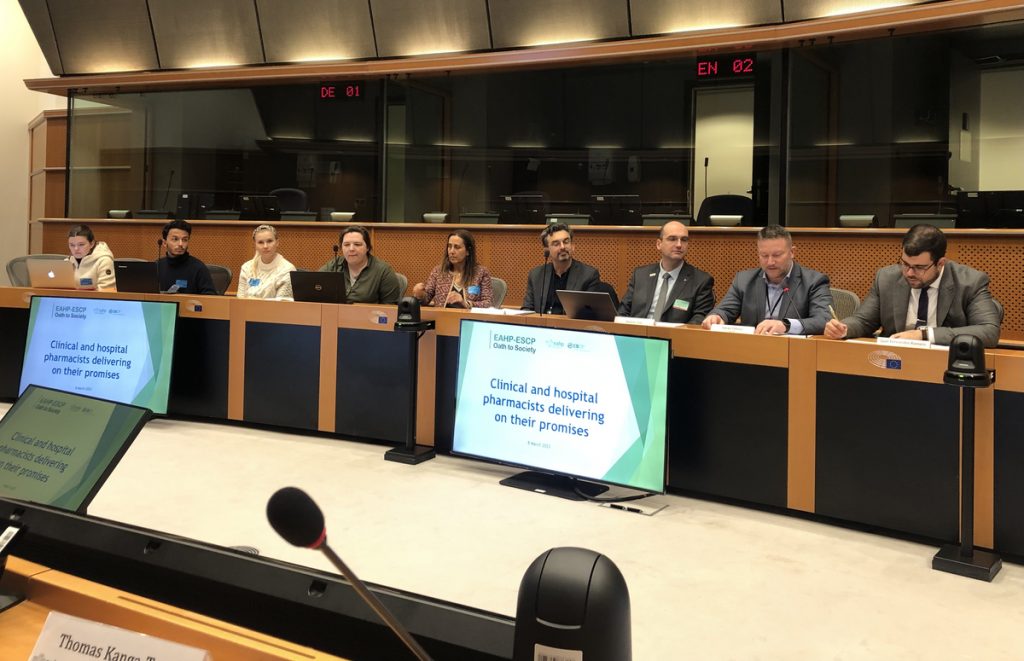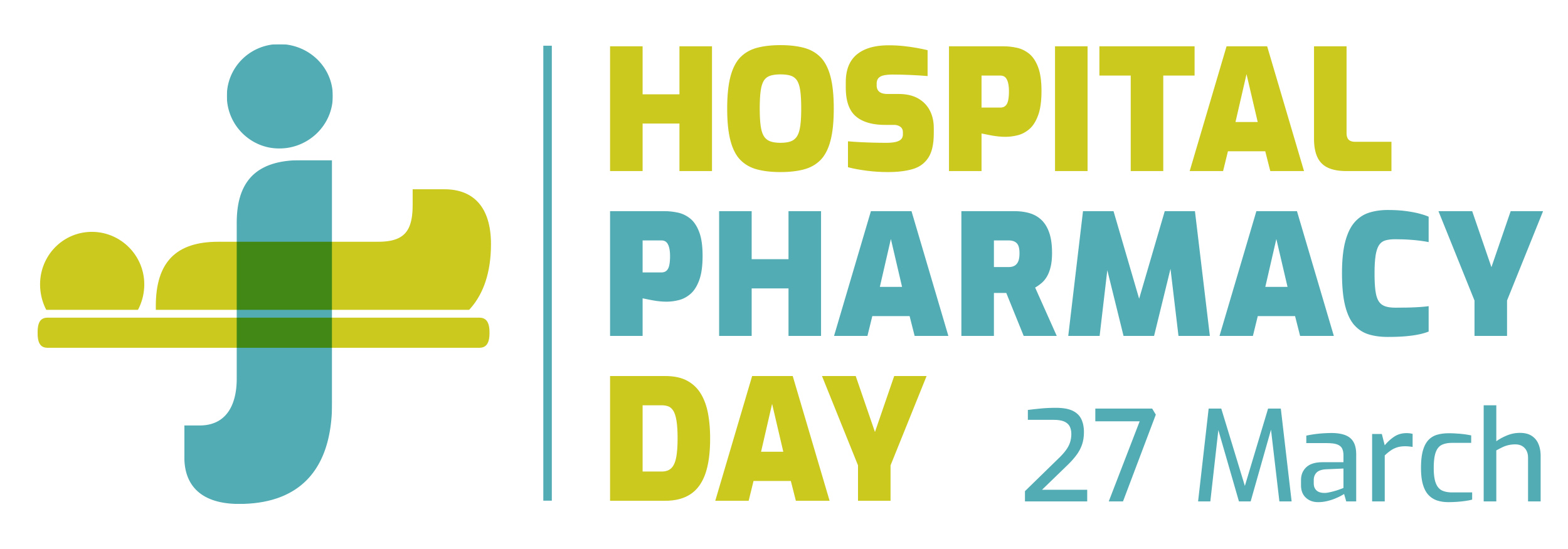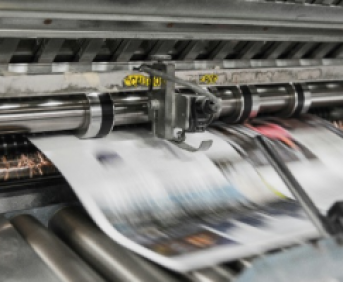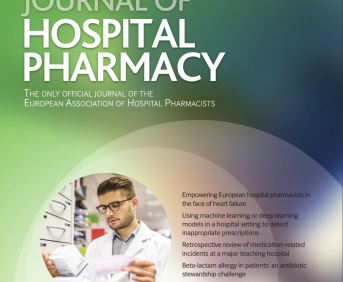Linked to EAHP Statements
Section 1 – Introductory Statements and Governance: Statements 1.1, 1.5, 1.6
Section 4 – Clinical Pharmacy Services: Statement 4.6
ACPE UAN: 0475-0000-18-011-L04-P. A knowledge based activity.
Abstract
In 2017, the hospital pharmacist must be a full-time manager.
The Socio-Economic Approach to Management (SEAM) was created by the ISEOR Research Center led by Professor Henri Savall (1,2).
According to the social-economic management approach, there are six tools to give management the means to continuously upgrade the organization:
– The internal/external Strategic Action Plan (SAP): the main targets you want to achieve in the medium term (3 to 5 years);
– The Priority action plan: corresponding to the development actions to be implemented according to the SAP;
– The competency grid to particularly identify training needs;
– The time management: to get rid of low value added tasks;
– The strategic piloting logbook: including metrics and decrease of hidden costs; and,
– The Periodically negotiable activity contract: to negotiate the additional effort required to implement new activities.
In this seminar, some theories of SEAM and examples of how one could manage to become a productive pharmacist will be presented.
Learning objectives
After the session, the participant should be able to:
• List the steps to transform a pharmacy department in a competitive environment;
• Define the two dimensions of economic performance; and,
• Outline the importance of building confidence and professional self-esteem.
Educational need addressed
Hospital pharmacists do not usually have a high level of managerial training, mentoring or development included within their education and development. This series of seminars (IG1,IG2 &IG3) will introduce and explore concepts such as efficiency , effectiveness, being a team member and process and workforce planning.
Keywords: strategy, tactic, action plan, metrics, competency grid.
